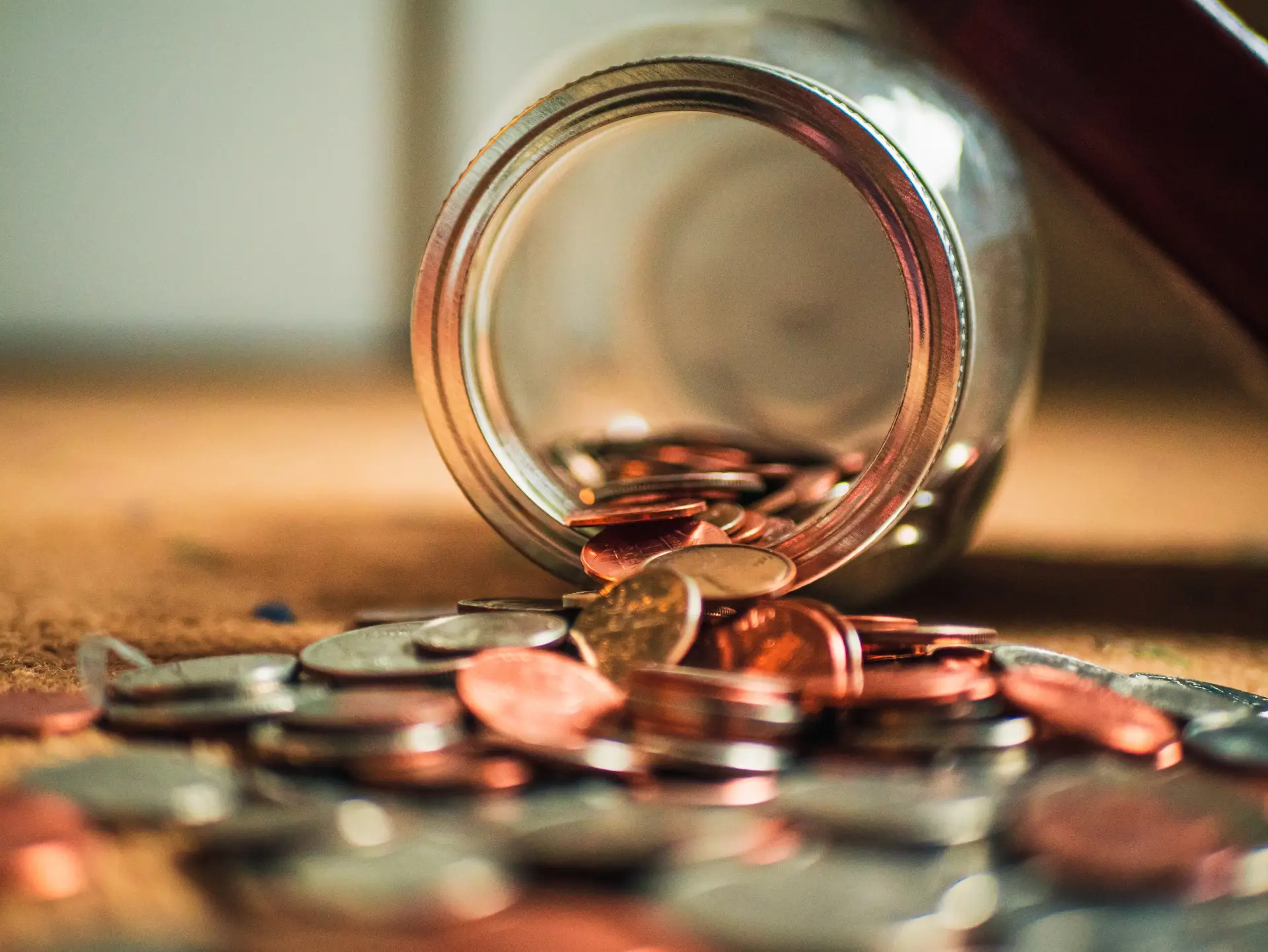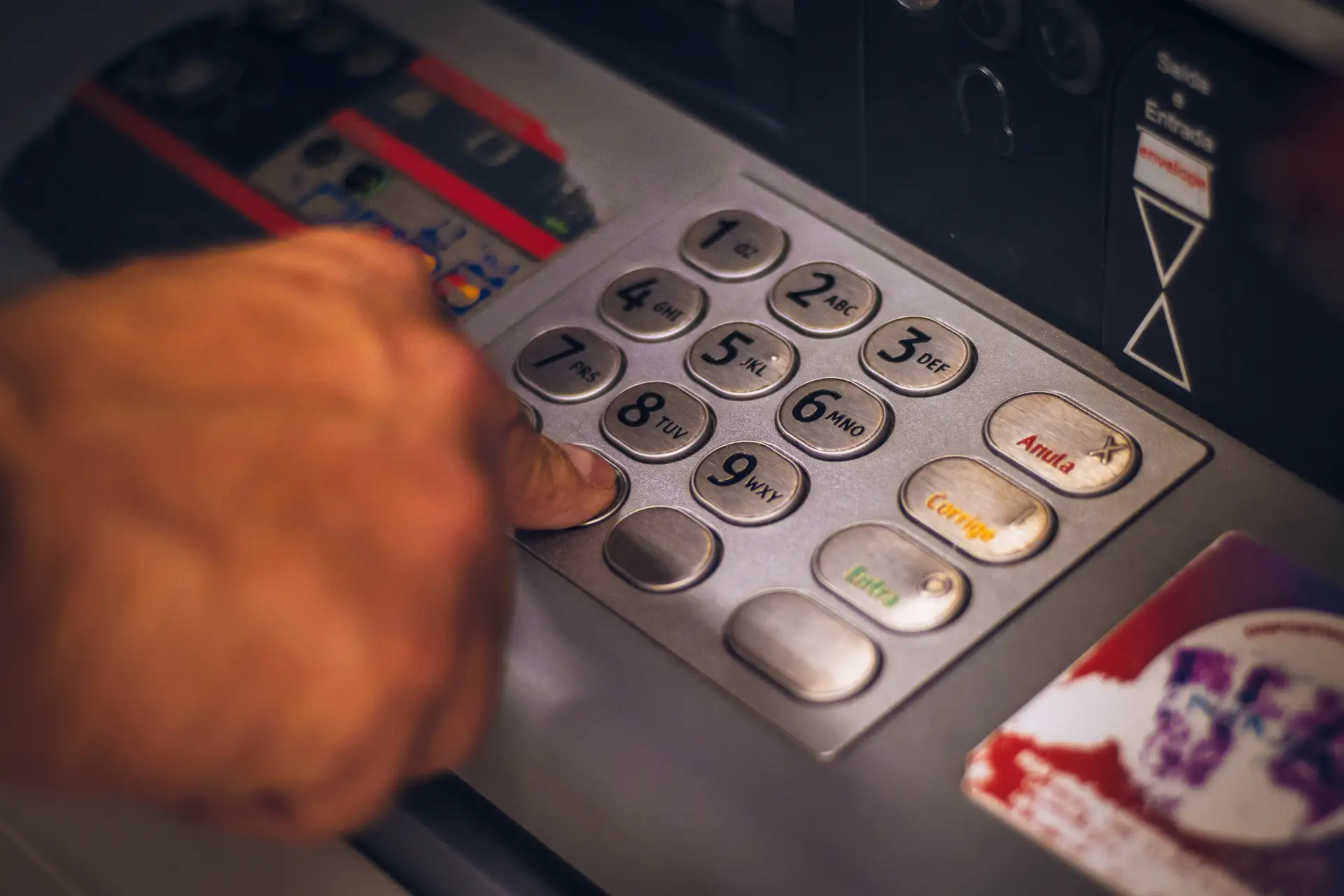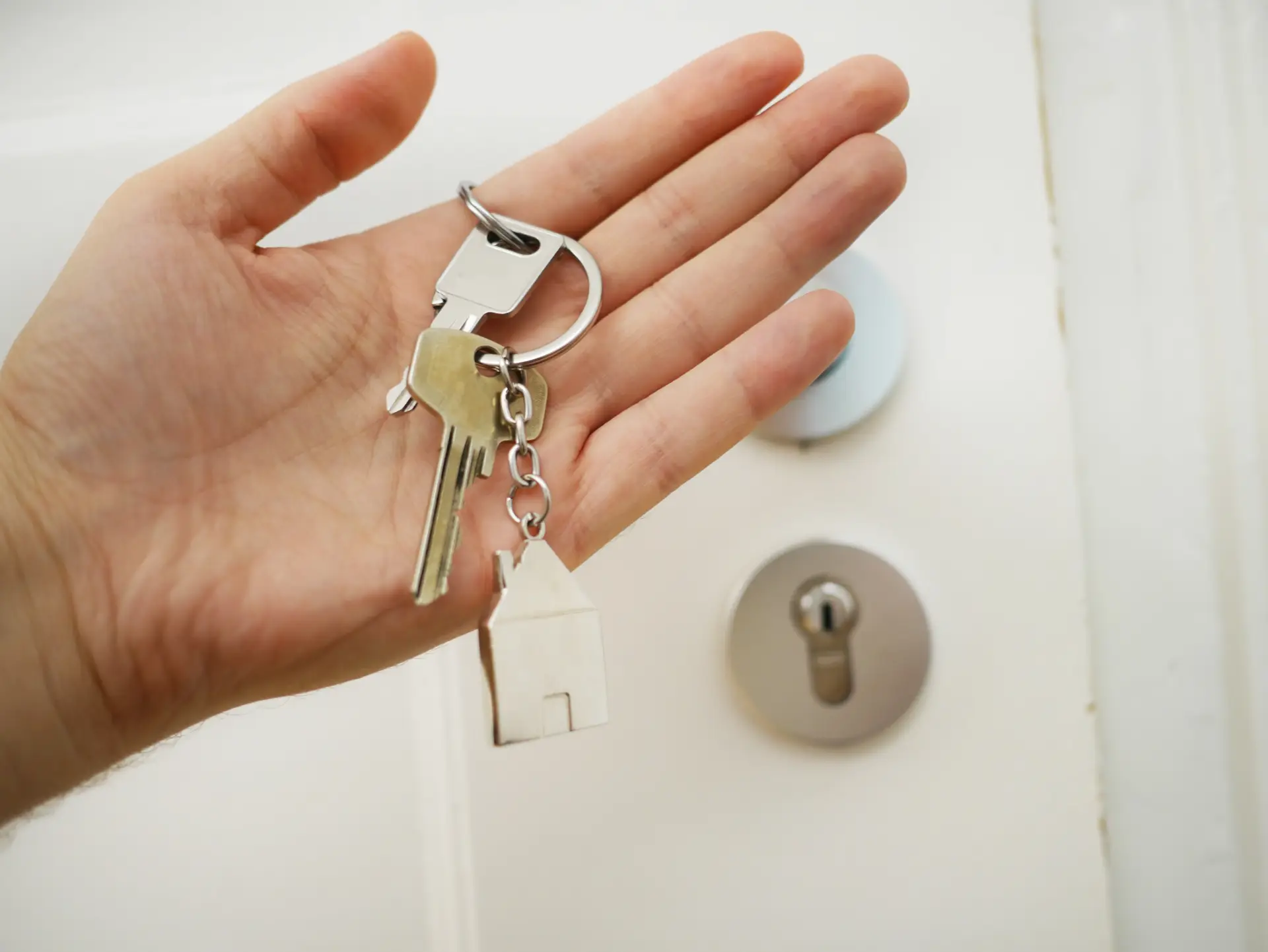If you’ve ever used a bank account, you know that there’s more to it than just keeping track of your balance. In addition to checking statements and writing checks, banks offer many services (like bill pay) that can make managing your money easier.
These services often come with fees and charges. We review some common types of fees and penalties that banks charge their customers along with what you need to do if you’re charged one by mistake or by accident.
Overdraft Fees
Overdraft fees are charged when your account doesn’t have enough funds to cover a debit card transaction, or if you write a check that bounces. For example, you have $20 in your checking account and then use your debit card to buy lunch. Your meal costs $25, but you only have enough in your account for $20. The restaurant will charge you the full amount of $25 plus an overdraft fee which can range from $10 – $35 per occurrence depending on how much money is left in your account after the purchase.
To avoid these types of charges, always make sure there is enough money in your account before making any purchases or attempting to pay bills online through a bank’s website or app. You won’t be able to complete those transactions if there aren’t sufficient funds. If you’re unsure whether this will be possible with the amount currently available in assets on hand at that moment, it’s best not to risk it by attempting such transactions until more funds become available.
Minimum Balance Fee
Banks charge this fee if you don’t have enough money in your account to cover the minimum balance. The minimum balance varies from bank to bank, but they’re typically around $100 or $200. If you don’t have enough funds in your account and try to make a withdrawal or transfer, the bank will charge you an overdraft fee instead of putting through the transfer.
It’s important not only to know how much these fees can be but also how much money is always required, so you’re prepared with cash when it’s needed. If your bank offers online banking services and other ways of keeping track of your spending habits (like debit cards).
There are ways that can help lower or eliminate this kind of fee by monitoring exactly how much money is going out every week. This way, if something unexpected comes up that takes more cash than expected (like buying groceries for dinner), then there won’t be any surprises when checking out at the register!
Returned Deposit Fee
Returning a deposit that bounces can be costly. If you deposit a check into your account, the bank will hold it for several days to see if it clears.
If the check bounces after this time (which is usually three to five days), you’ll be charged a Returned Deposit Fee of up to $36 by your bank. In order to avoid incurring this charge, make sure that there are enough funds in your account to cover any checks you’re depositing.
Also, make sure that there’s an amount due on the deposited item (such as the due date or service fees). Those fees will be paid at once rather than waiting until later when they might bounce and incur an additional charge.
Monthly Maintenance Fees
Another common bank fee is the monthly maintenance fee. These fees are charged per month and range from $10-$20 a month. To avoid this charge, you can use your bank’s free checking account or go with a credit union instead.
ATM Fees
Perhaps the most obvious and commonly encountered bank fee is the ATM fee. These charges can be levied when you use a machine that is owned by any financial institution (including your own), and they’re usually $2 to $3 per transaction.
This means that if you withdraw $100 from an out-of-network ATM, it could cost you $5 in fees—and that’s not even counting the amount of cash withdrawn! To avoid this, make sure to do your research before using an unfamiliar ATM.
There are some online tools that let you locate nearby ATMs with low fees or no surcharges at all; one such tool is Bankrate’s ATM Finder. This way, if there’s no nearby branch office or affiliated network member available where you need funds urgently, at least there won’t be any unexpected costs stinging your budget unexpectedly either!
Check Printing and Ordering Fees
As you might expect, the most common way to avoid these fees is to simply print your own checks. This way, you can avoid paying for an additional service that you’re already paying for through your monthly fees (more on those later).
Another way to avoid this fee is by using online banking and ordering checks through it—the same bank will often offer free printing if you use their other services. If none of those options work for you, try talking with your bank about changing your account type or paying bills in different ways.
Keeping ahead of bank fees and avoiding incurring charges takes a bit of work. Fortunately, it’s work that can be done in the comfort of your own couch.
With a few quick tips and tricks to avoid late fees and overdraft charges — or at least delay or offset the effects — you should have no trouble keeping your bank account in the black.




